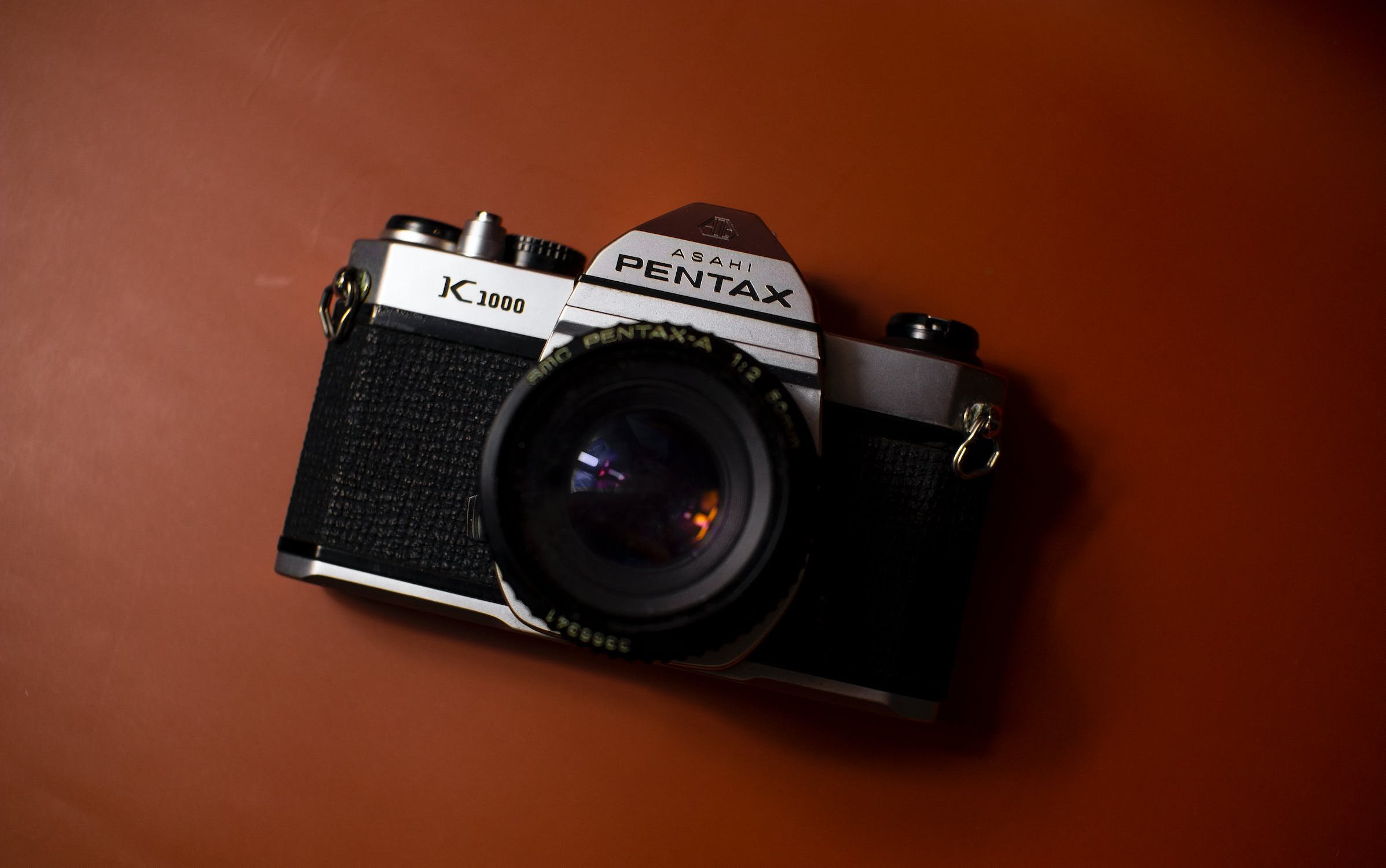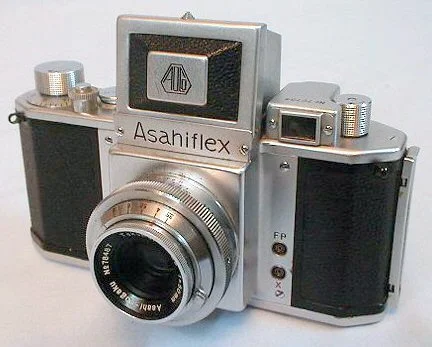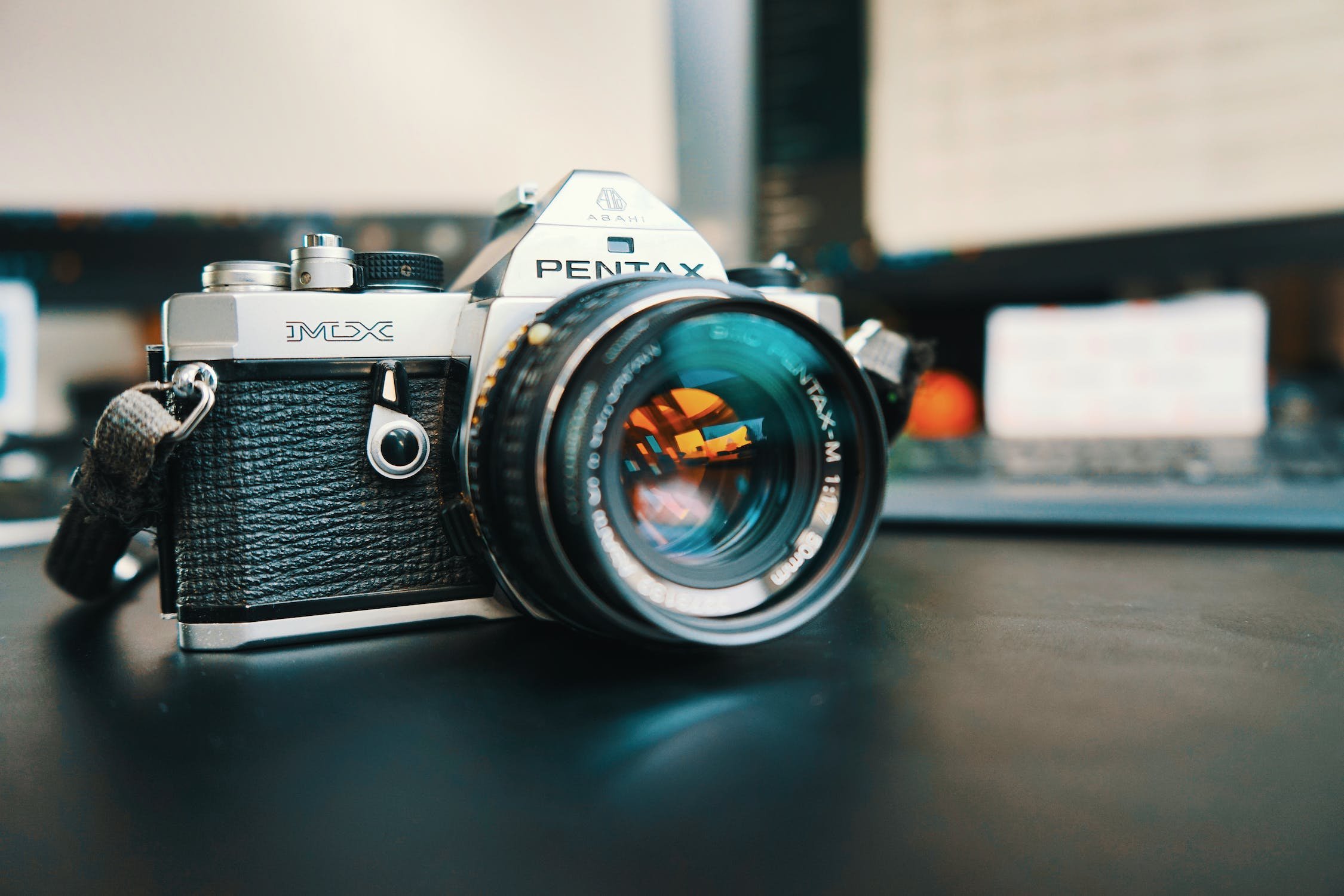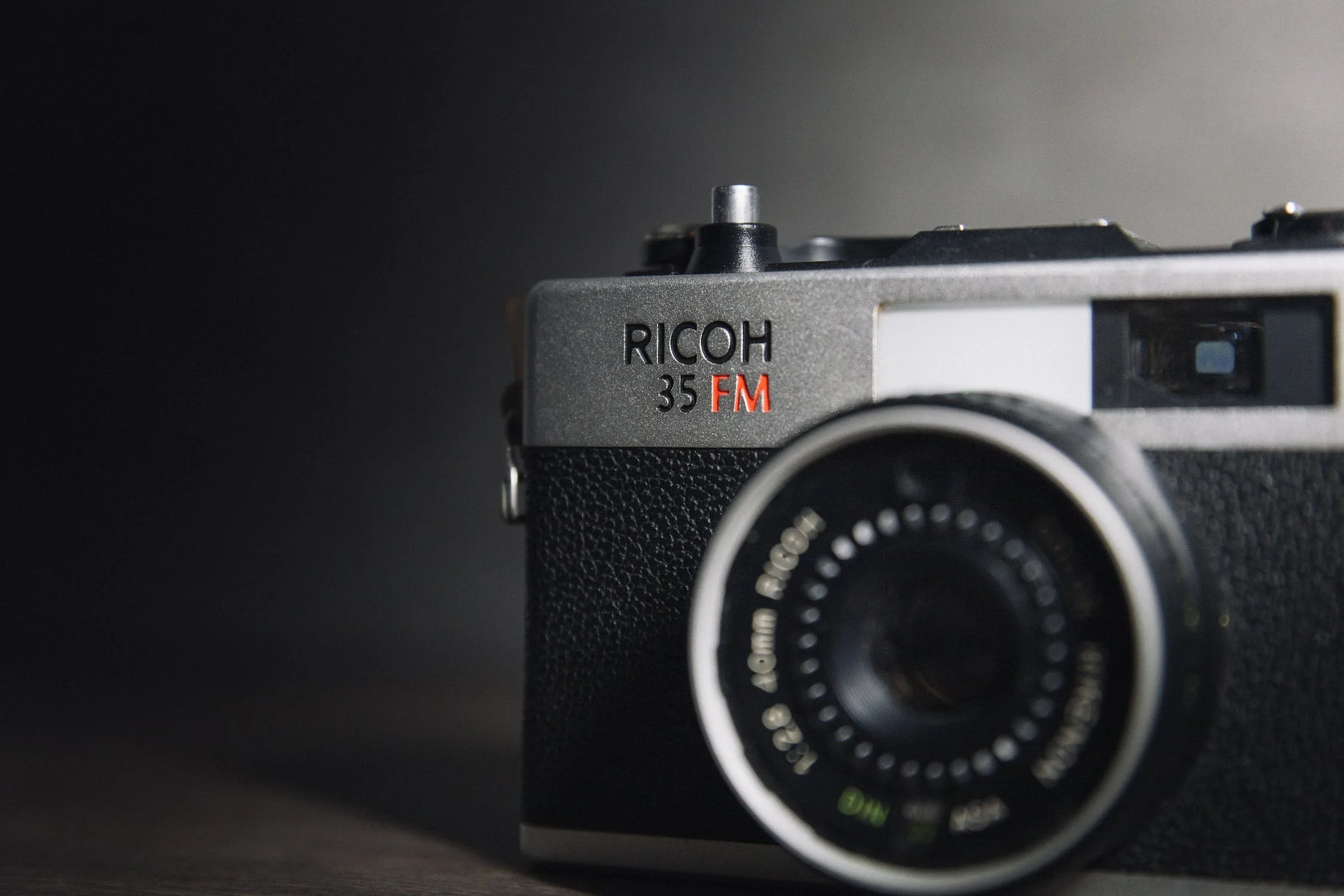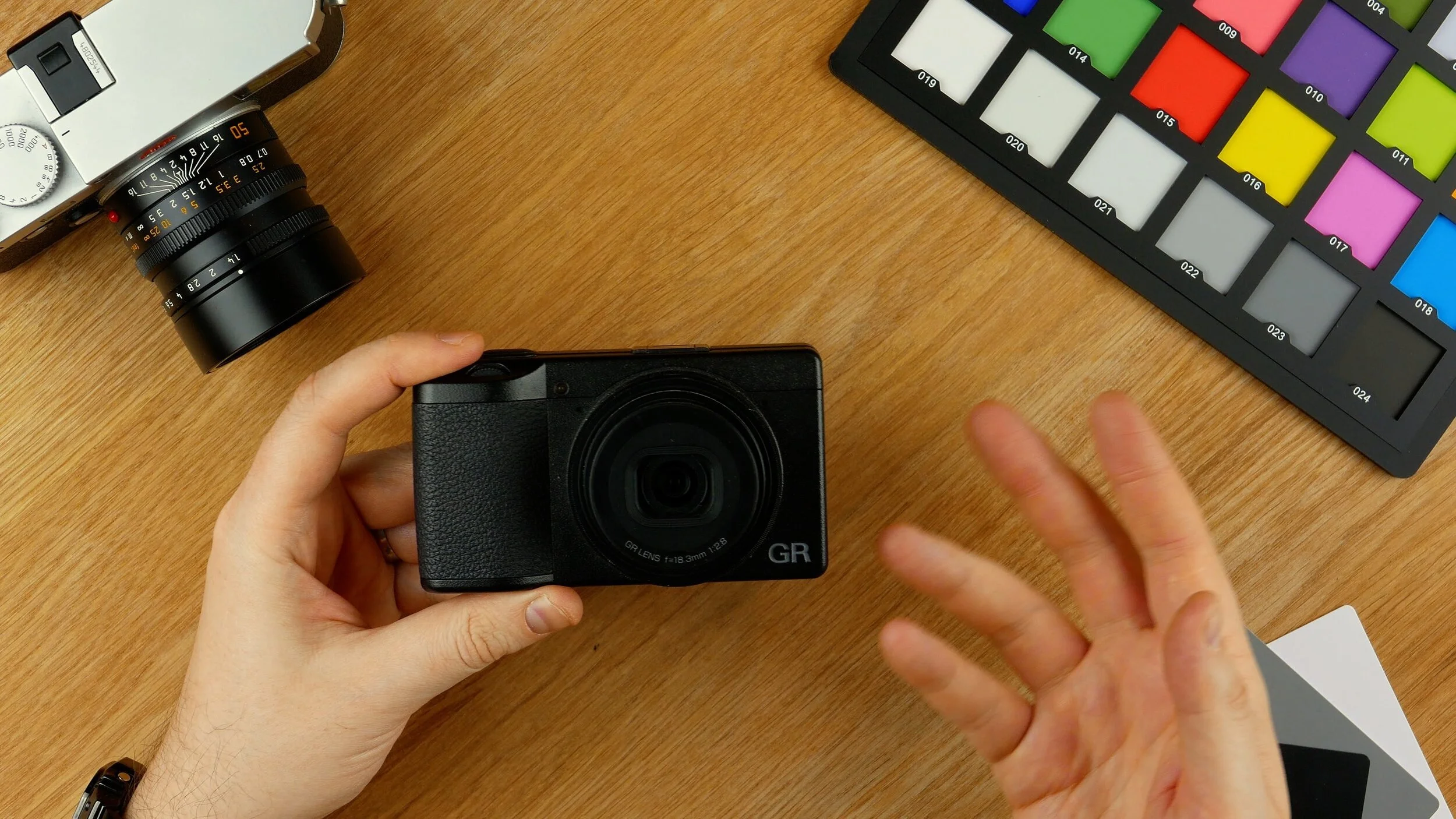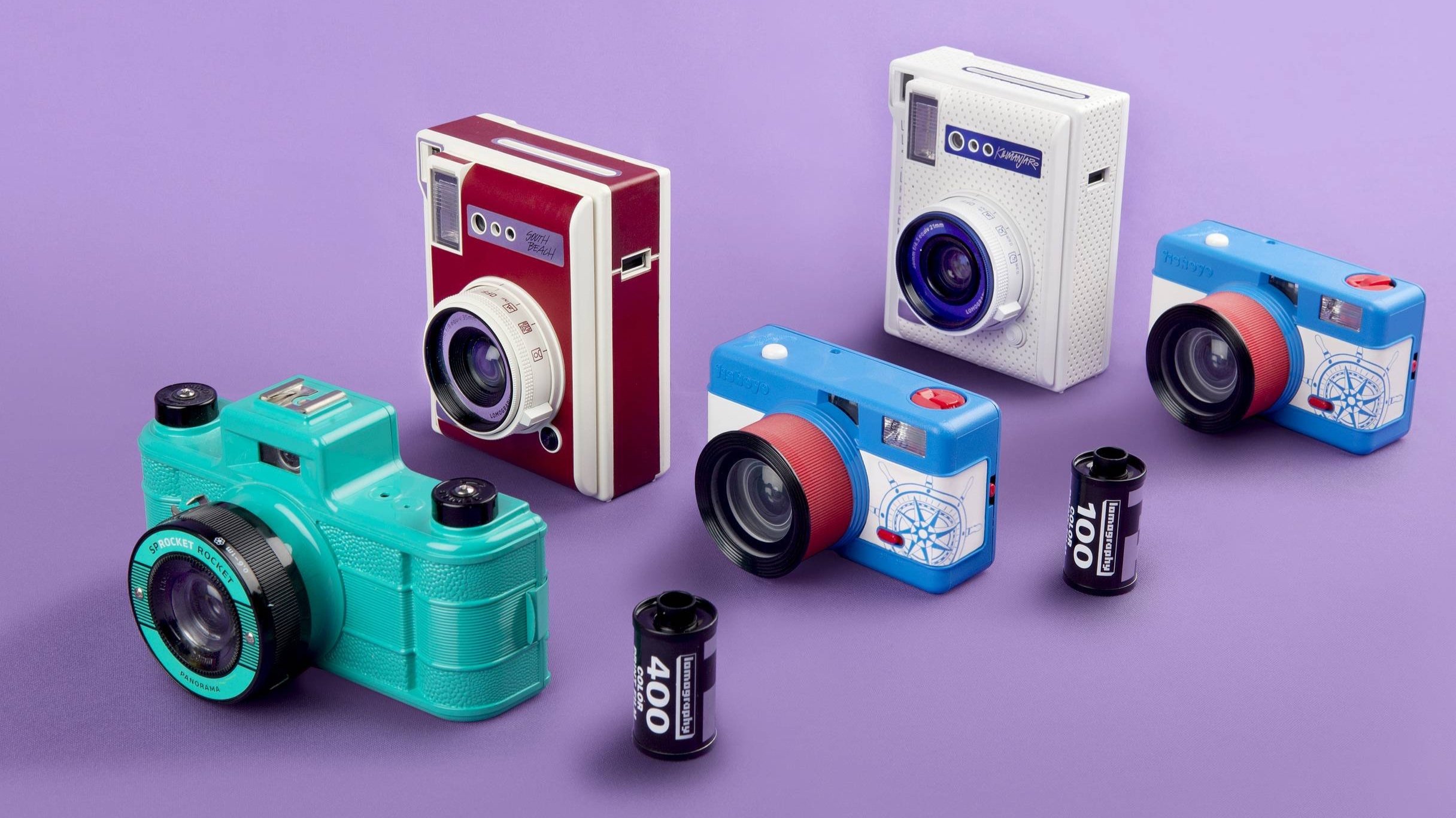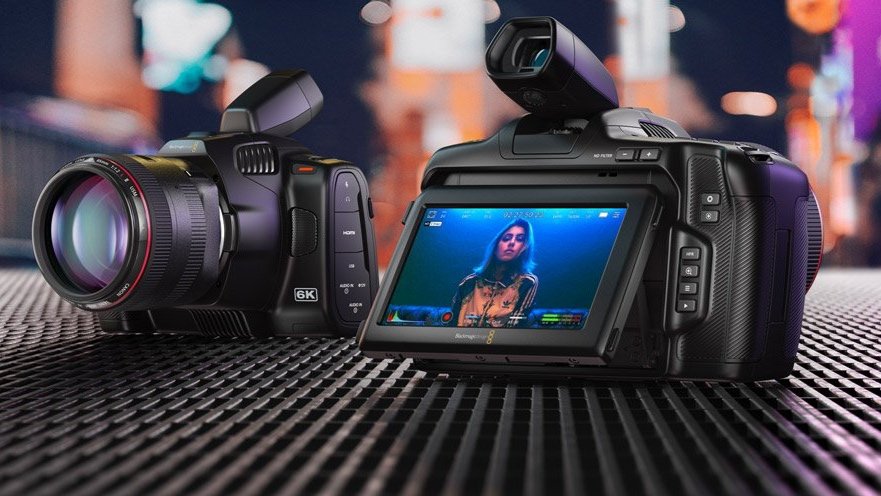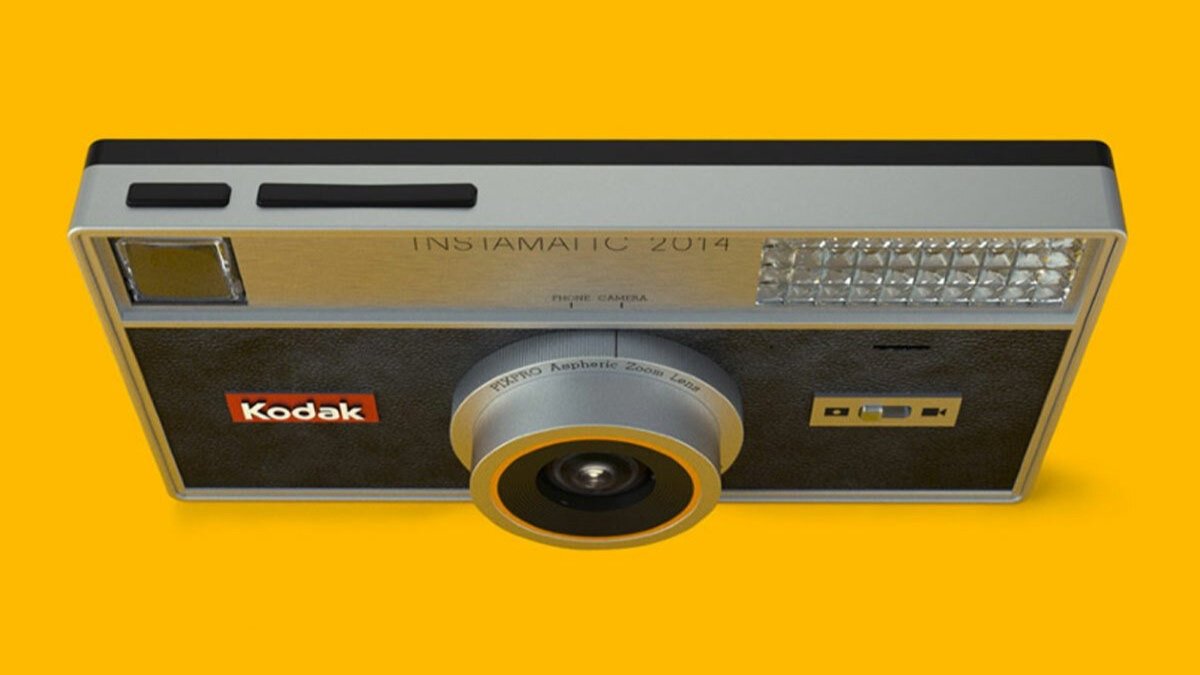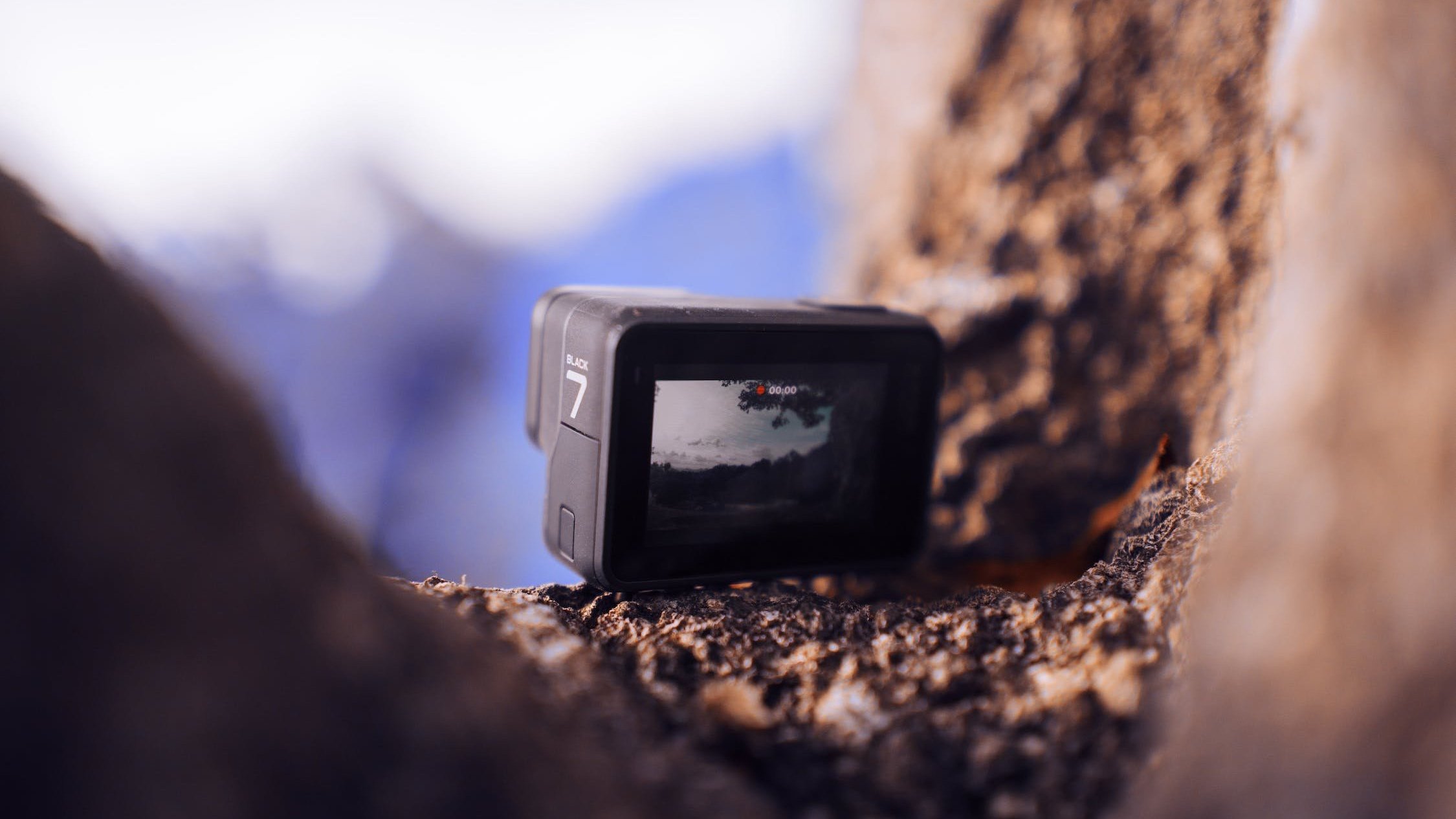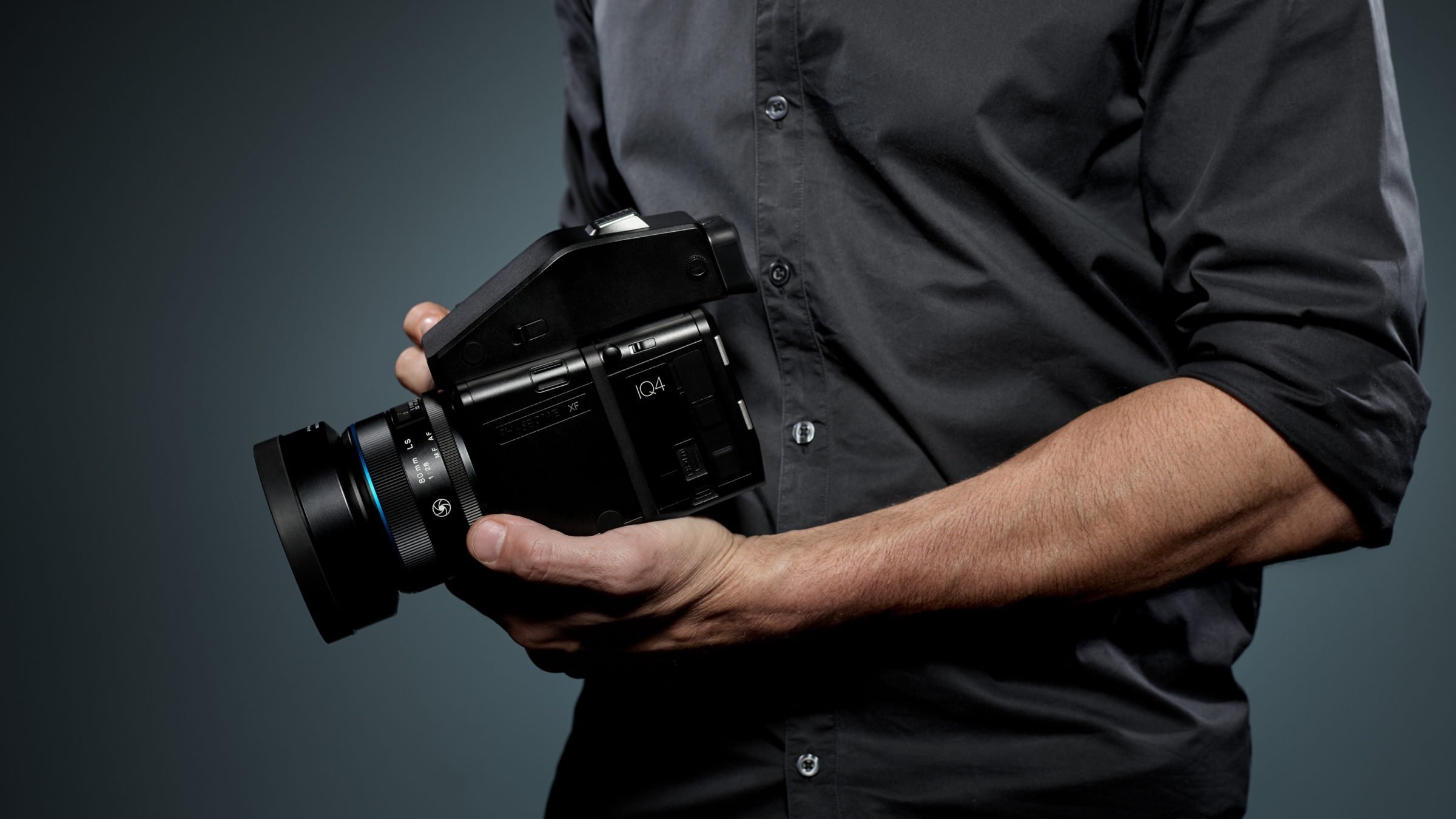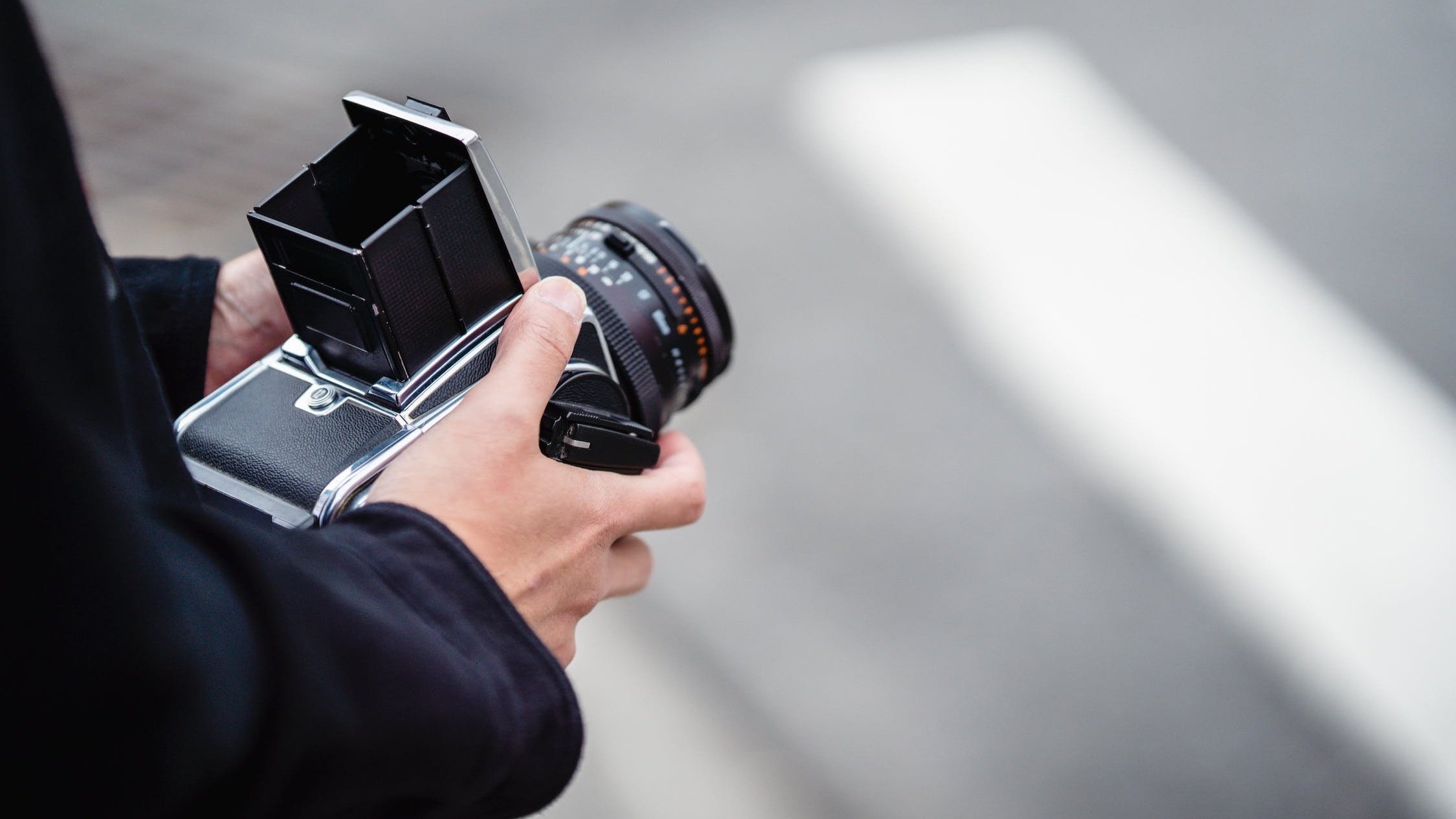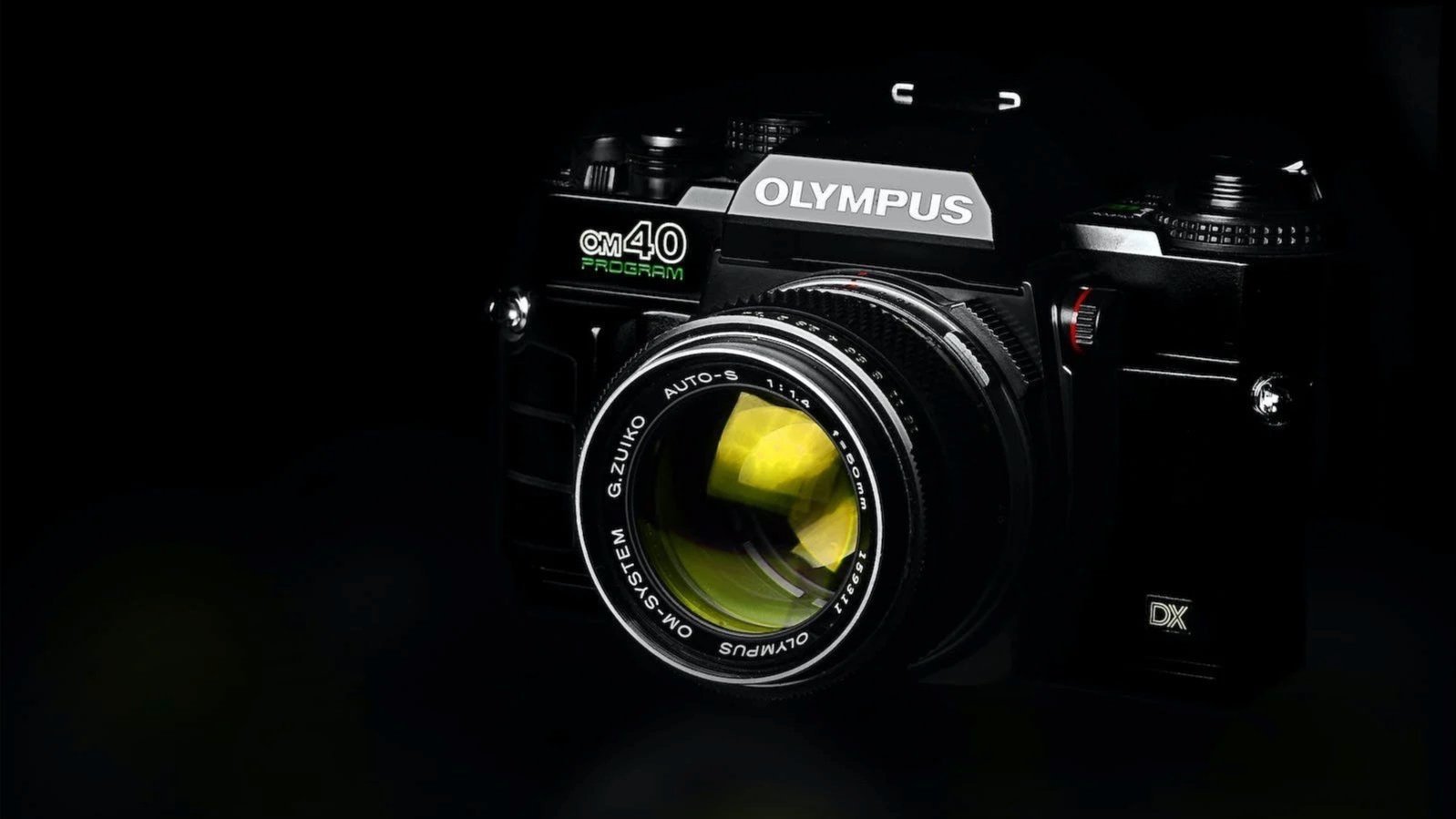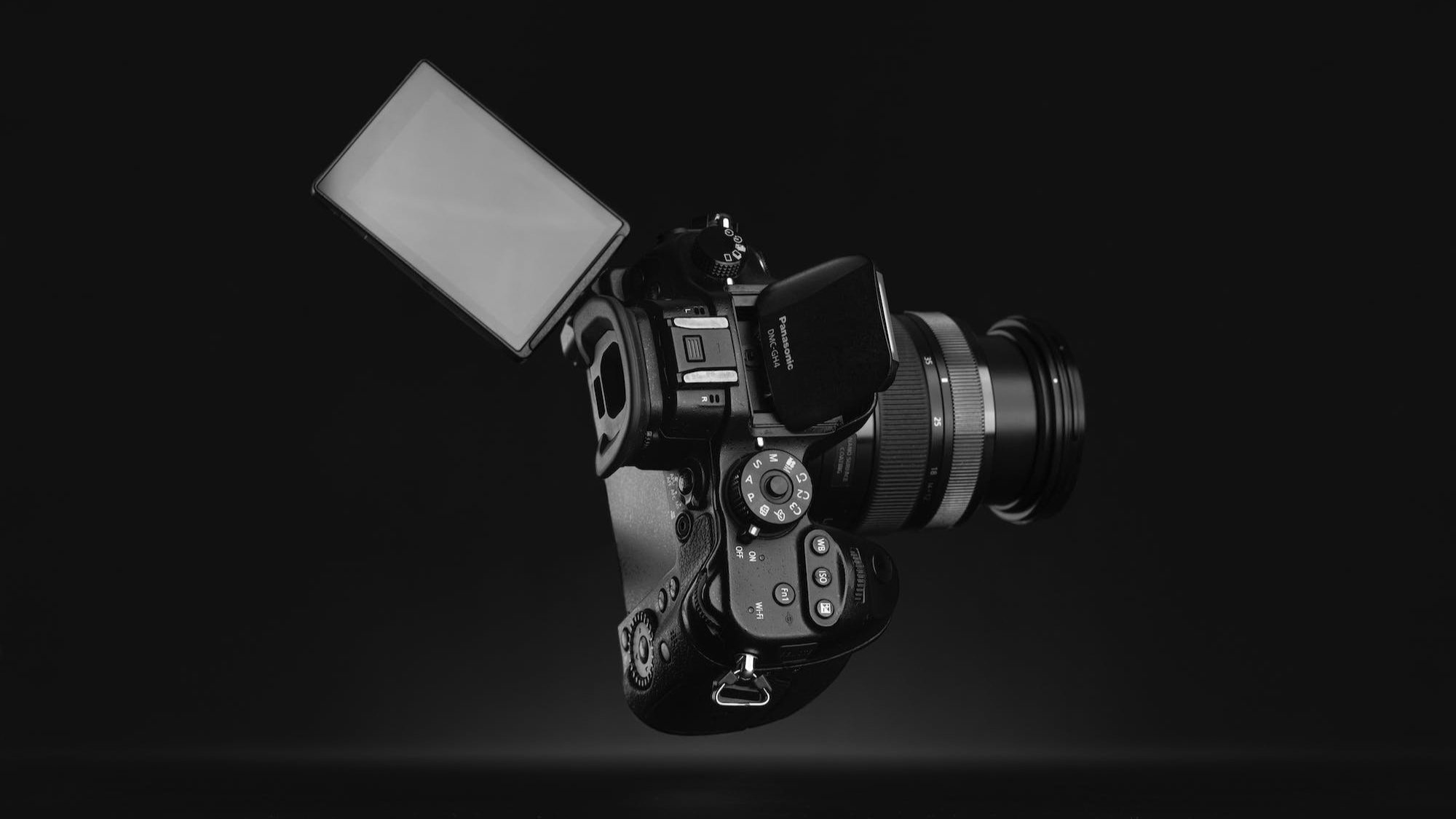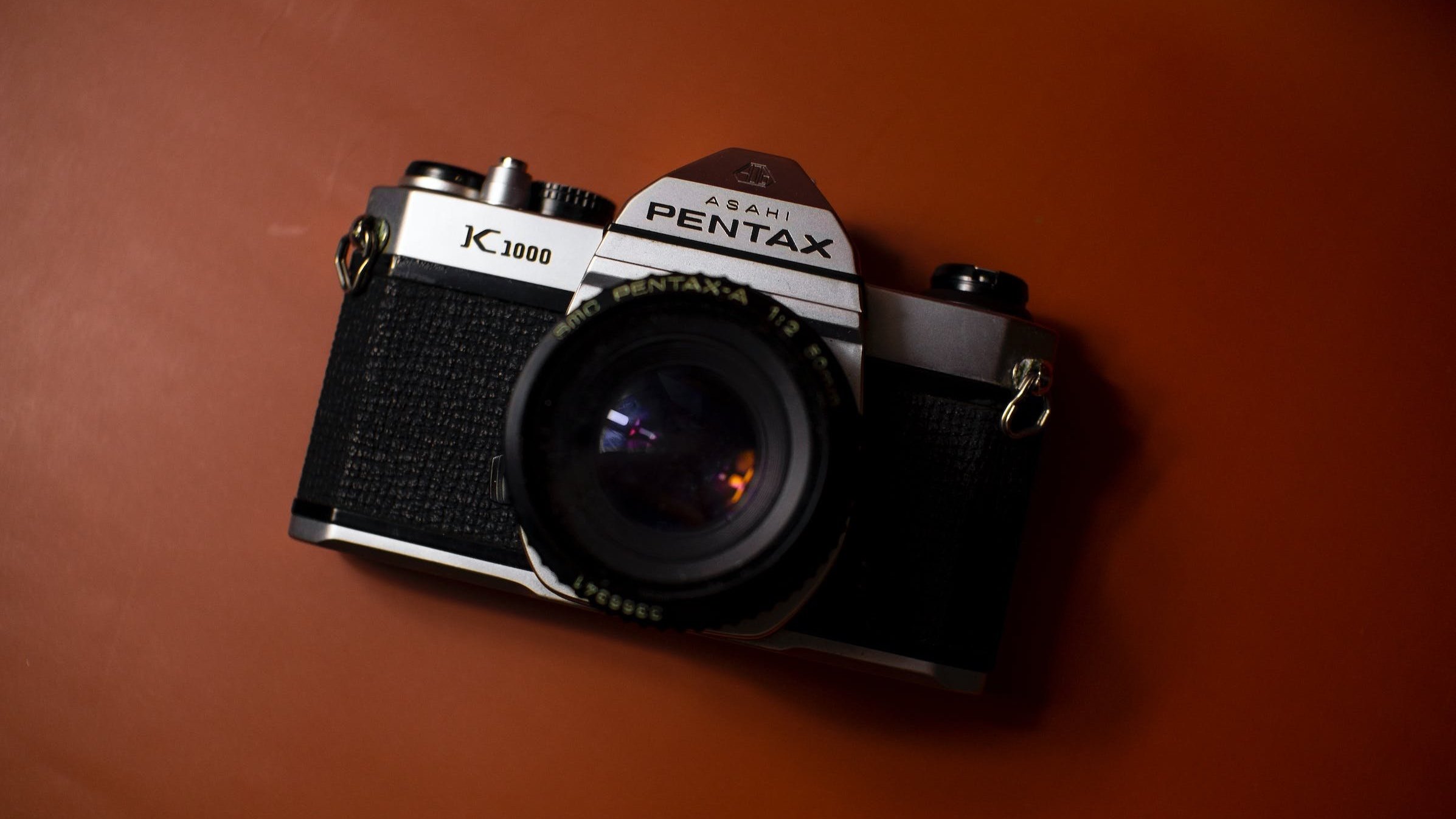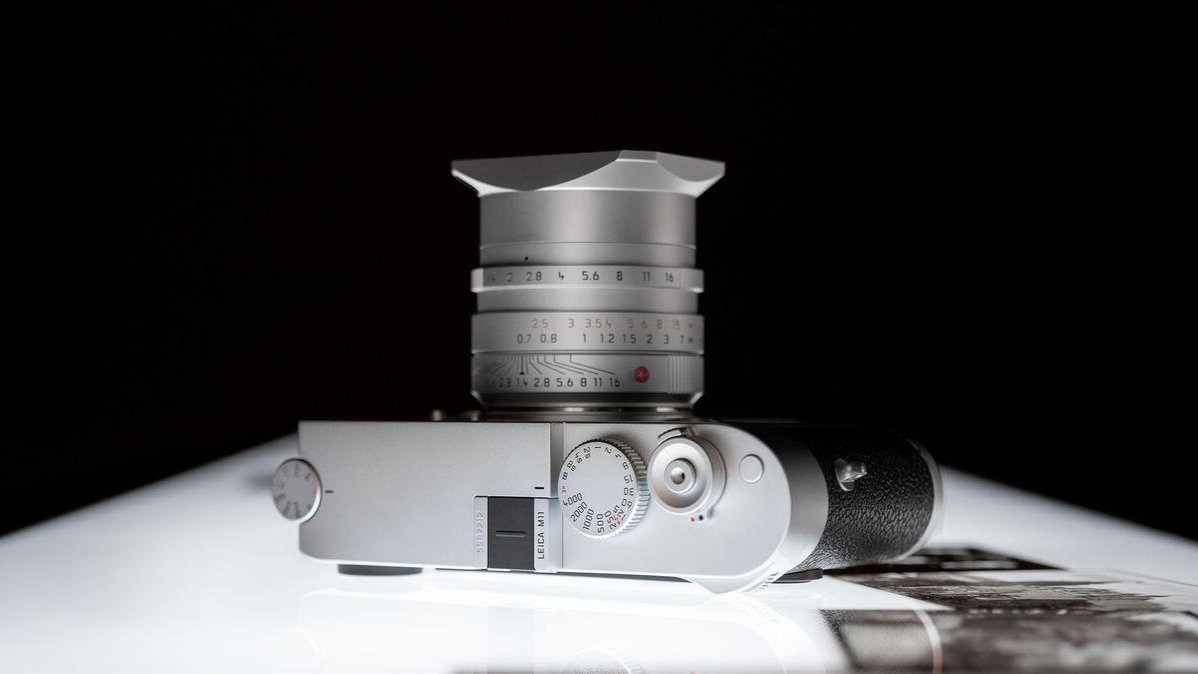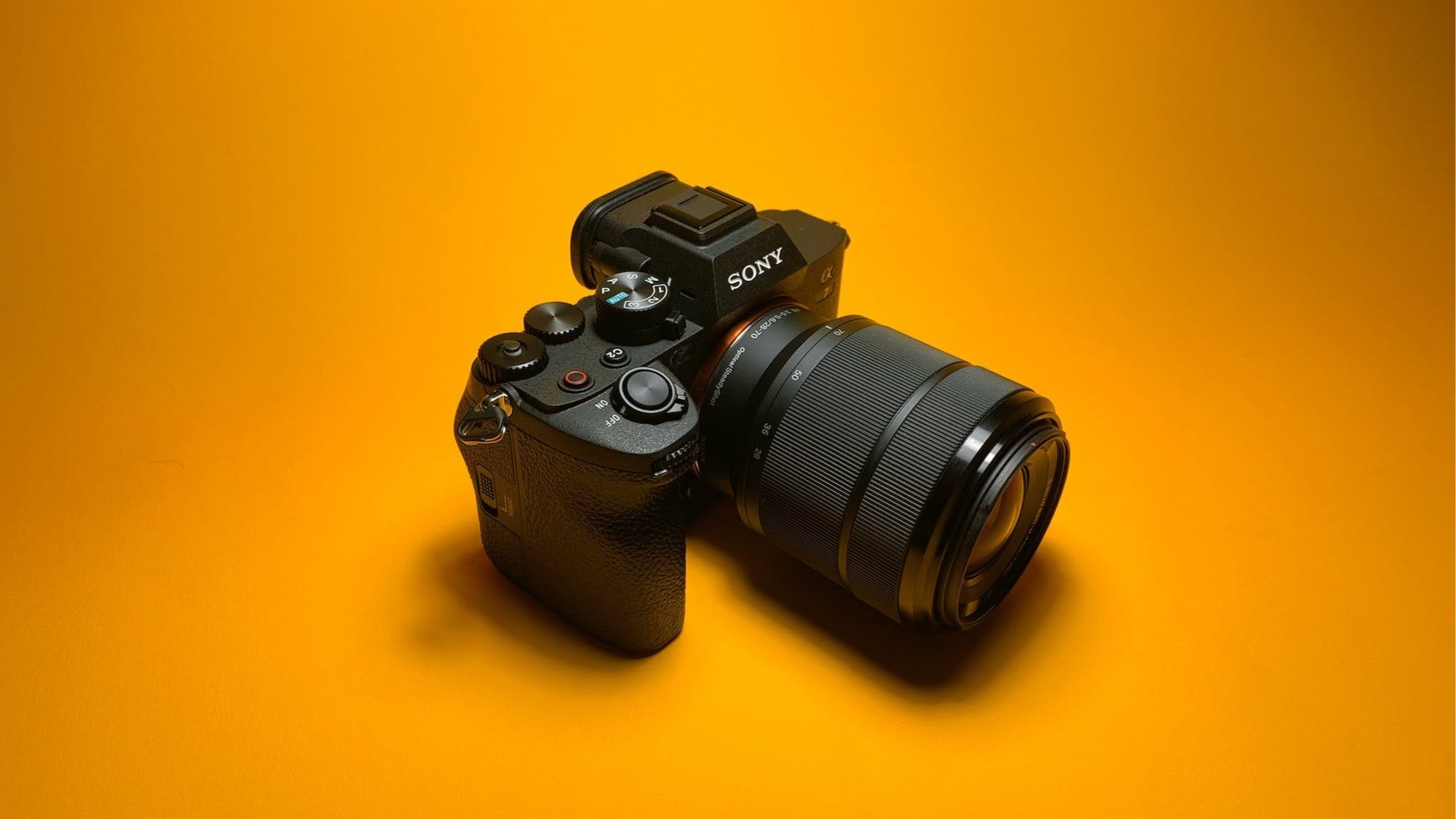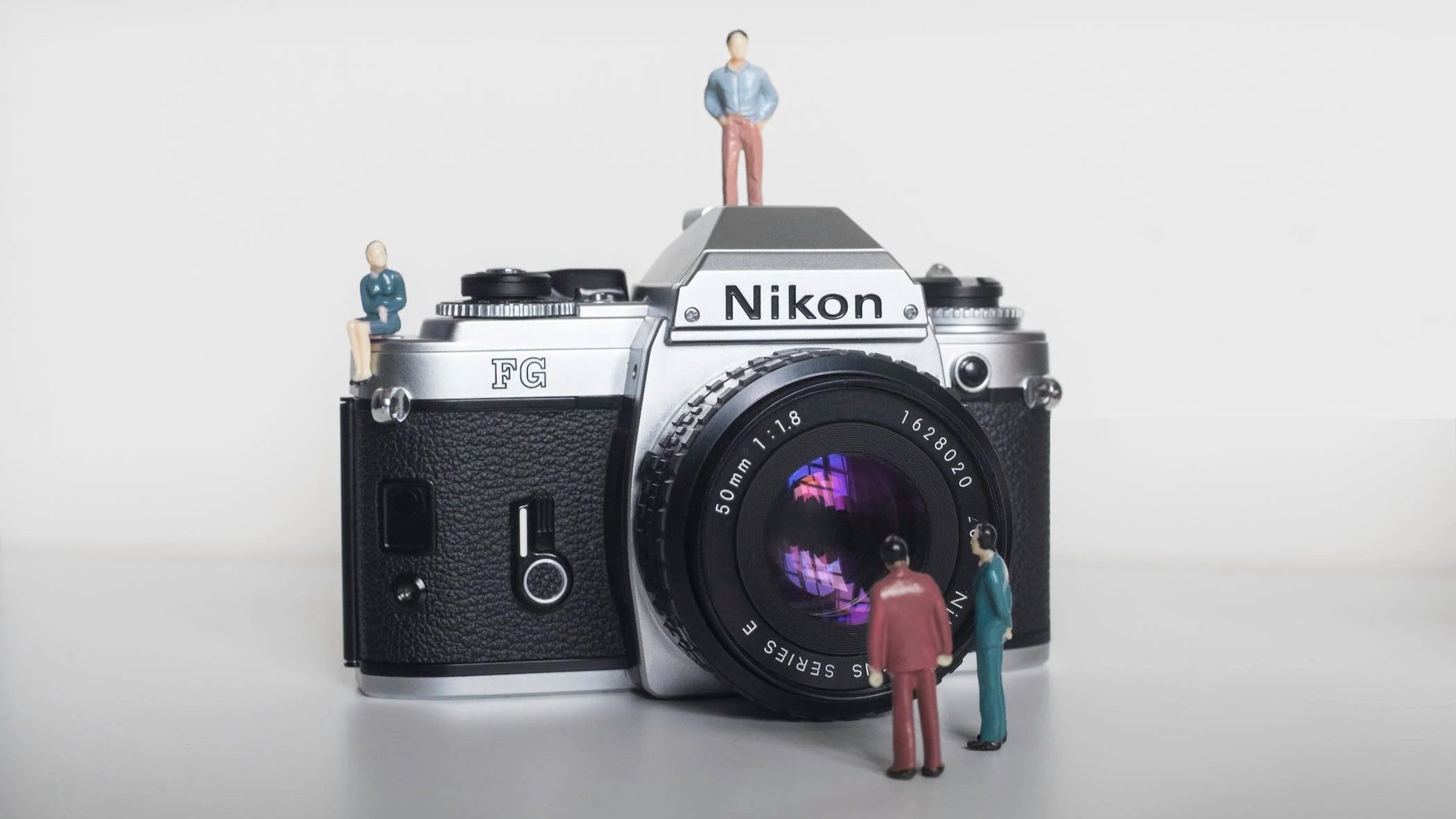History of Pentax (Ricoh Imaging): Exploring the Rich History of Pentax Cameras
Pentax, now owned by Ricoh Imaging, is an illustrious name that has long resonated within the photographic community. As an established player in the field, the brand has been synonymous with quality, ingenuity, and resilience. Its history, a woven tapestry of technological breakthroughs, market challenges, and corporate changes, holds a wealth of insight for any photography enthusiast seeking to understand the evolution of camera technology. With its roots dating back to the early 20th century, Pentax has endured the test of time, adapting to the shifting sands of consumer demands and industry trends. This deep dive into the history of Pentax is more than just a chronicle of product releases and corporate mergers; it's a window into the very heart of photography's technological evolution.
The Founding and Early Years (1919-1950s)
The genesis of Pentax can be traced back to 1919 with the formation of Asahi Optical Joint Stock Co. in Tokyo, Japan. The company initially specialized in the production of optical lenses and glasses, marking the beginnings of its journey in the world of optics and imaging.
By the 1950s, Asahi Optical had expanded its focus to the booming field of photography. It was during this period that the company introduced the Asahiflex, the first Japanese SLR (Single-Lens Reflex) camera. This groundbreaking development was a significant milestone, not just for Asahi Optical, but for the Japanese camera industry as a whole. It signified a new era of domestic camera production and established the firm's standing as an innovative player in the world of photography. The Asahiflex was a clear indicator of the direction Asahi Optical was taking – a path that would eventually lead to the brand we now recognize as Pentax.
Innovation and Expansion (1960s-1980s)
The mid-20th century was a time of rapid expansion and innovative development for Pentax. The company made a grand entrance into the world of SLR (Single Lens Reflex) cameras with the launch of the Pentax Spotmatic. This groundbreaking camera made waves in the photography world, showcasing the brand's technological prowess and commitment to high-quality imaging.
The Spotmatic was just the start. Pentax continued to push boundaries with the introduction of the K series, which included the famous K1000, revered for its simplicity, reliability, and durability. A significant breakthrough during this period was the development of the Pentax K-mount, a bayonet lens mount that has stood the test of time with its continued use in Pentax's DSLRs today.
But Pentax didn't limit itself to 35mm cameras. The brand ventured into the medium format territory with the Pentax 6x7, a camera that offered the image quality of a professional medium format in a more compact and user-friendly design. This bold move further cemented Pentax's reputation as a brand that embraced both innovation and diversity in their product line.
Entering the Digital Age (1990s-2000s)
As the digital revolution began to reshape the photography landscape, Pentax once again showed its adaptability. The brand introduced the Pentax Optio series of digital compact cameras, which offered consumers high-quality digital photography in a pocket-sized package. This was a clear demonstration of Pentax's ability to embrace new technology while maintaining its commitment to image quality and user-friendly design.
The company took a significant leap into the digital SLR market with the launch of the Pentax *ist D. This camera marked Pentax's entry into the DSLR market, showcasing the brand's commitment to evolving alongside technological advancements in the photography world.
During this period, Pentax also experienced significant changes in its corporate structure. The brand was acquired by Hoya Corporation in 2007 and then by Ricoh in 2011. Despite these changes, the Pentax name and its legacy of high-quality, innovative cameras have continued to live on, underscoring the brand's resilience and enduring appeal in the competitive world of photography.
Modern Era and Technological Advancements (2010s-Present)
In the modern era, Pentax (Ricoh Imaging) has made significant strides, especially with the introduction of the Pentax K series of DSLRs. These cameras, spanning from the entry-level K-S1 to the full-frame K-1 Mark II, have demonstrated the brand's commitment to providing a range of options for photographers with varying needs and budgets.
Another notable highlight in recent years is the introduction of the Pentax 645Z, a medium format digital camera that has brought the exceptional image quality of medium format to a larger audience. With its impressive 51.4-megapixel sensor, this camera has become an essential tool for professional photographers.
However, one of the most influential cameras in the Pentax (Ricoh Imaging) lineup has been the Ricoh GR series. Compact yet powerful, these cameras have become a favorite among street photographers worldwide. The Ricoh GR III, in particular, with its high-quality lens, large APS-C sensor, and compact size, has been widely praised for its ability to capture stunning images in a wide range of conditions.
From its early days focusing on optical lenses to its current status as a respected camera brand, Pentax has continually brought pioneering technologies and high-quality cameras to the world of photography.
Check out also other brands
